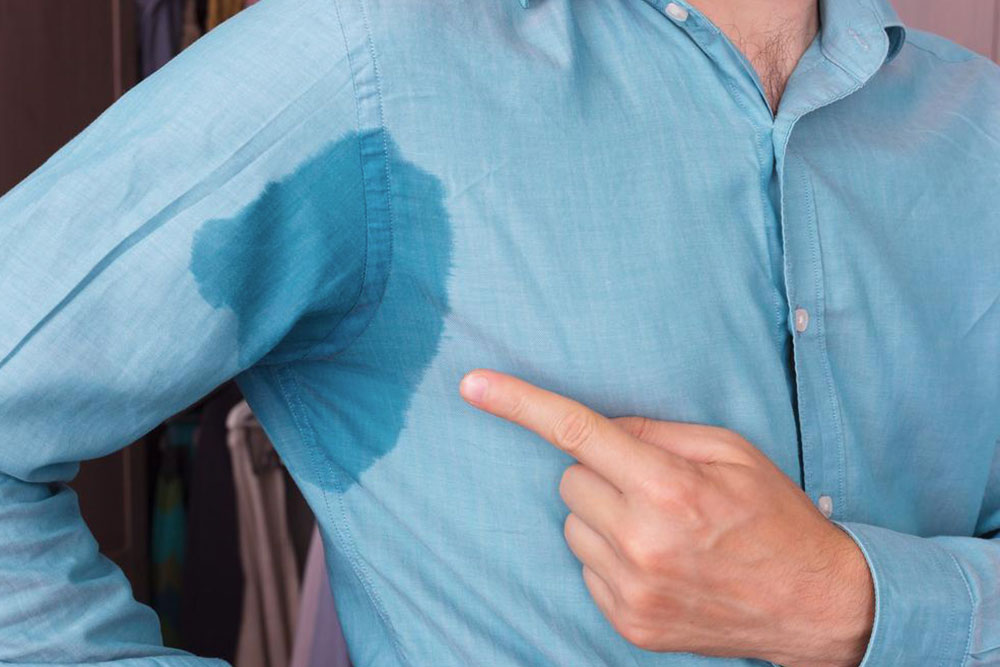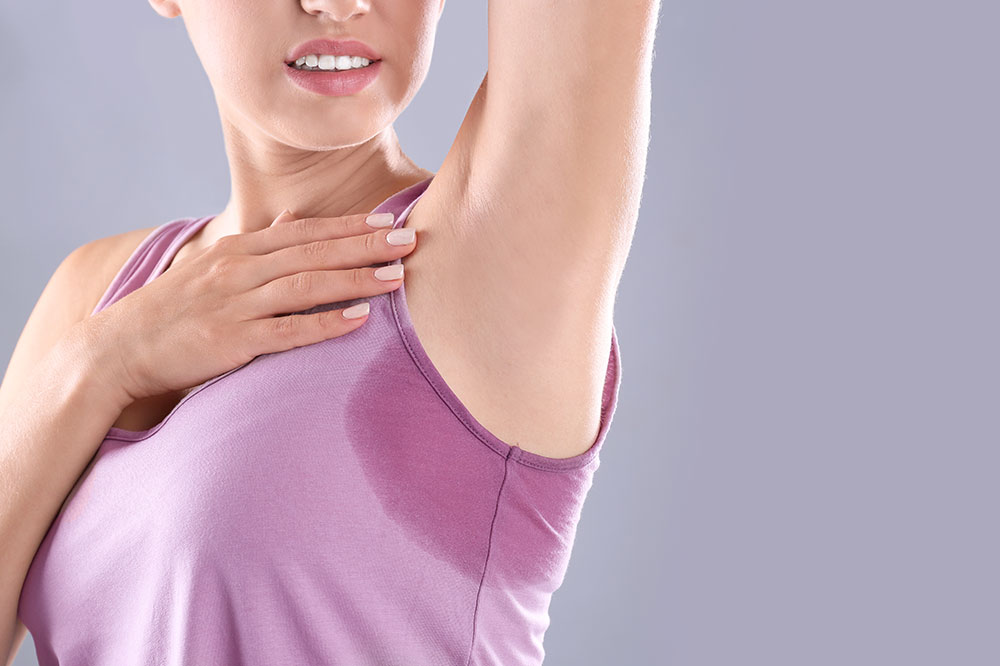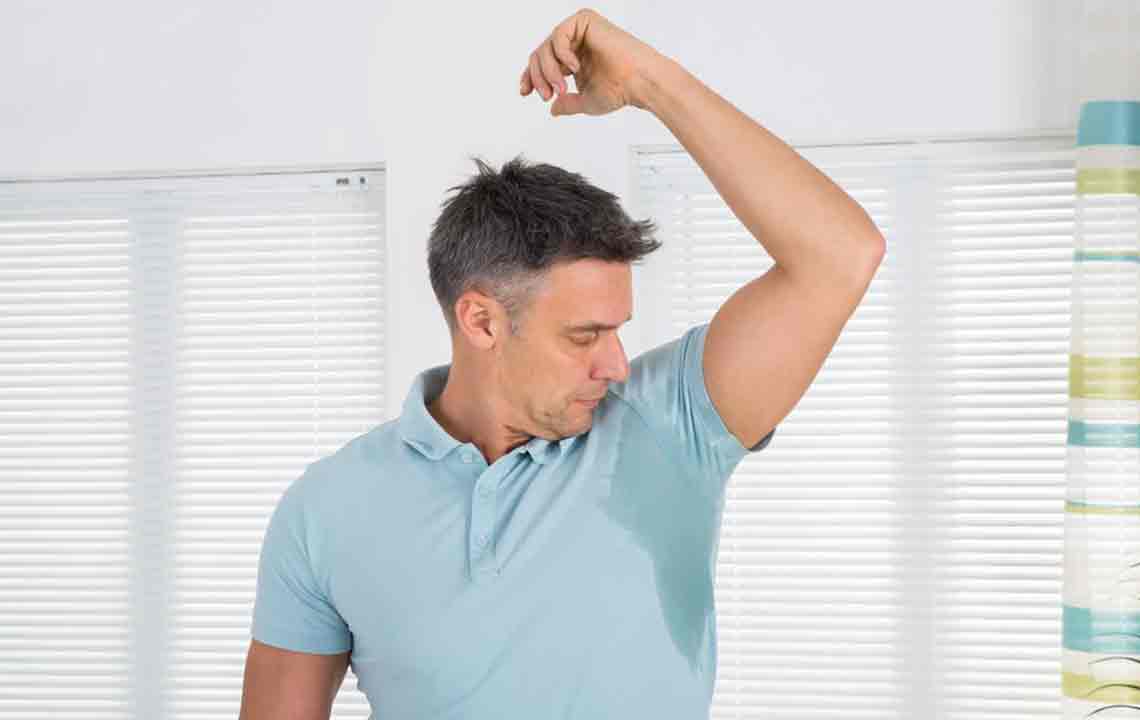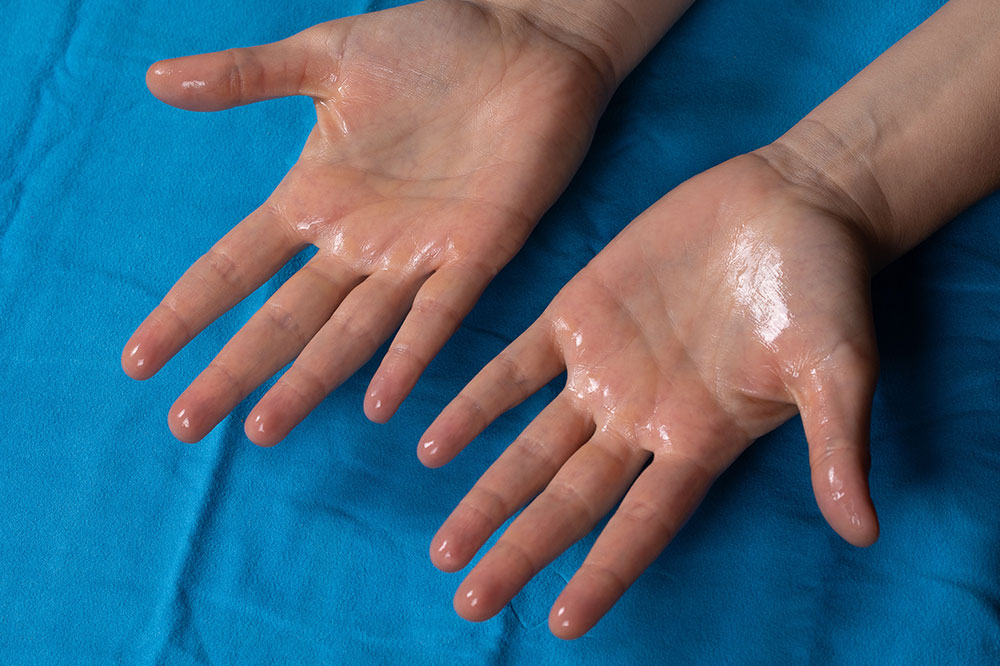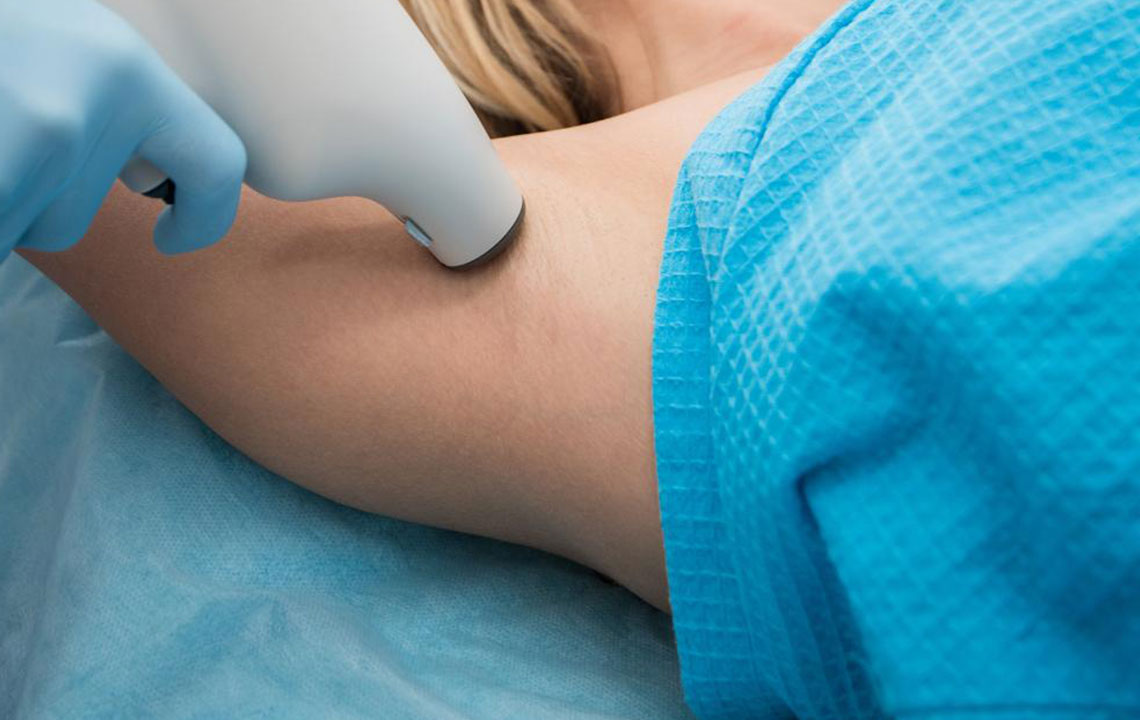Comprehensive Guide to Excessive Sweating (Hyperhidrosis): Causes, Symptoms, and Effective Treatments
Hyperhidrosis, known as excessive sweating, affects about 3% of Americans and can significantly impact daily living. This comprehensive guide explains the causes, types, symptoms, and modern treatments such as antiperspirants, iontophoresis, miraDry, and laser therapy. Understanding the difference between primary and secondary hyperhidrosis is crucial for effective management. From mild self-care strategies to advanced medical procedures, explore all options to manage excessive sweating and improve quality of life. Seek professional advice for personalized treatment plans today.
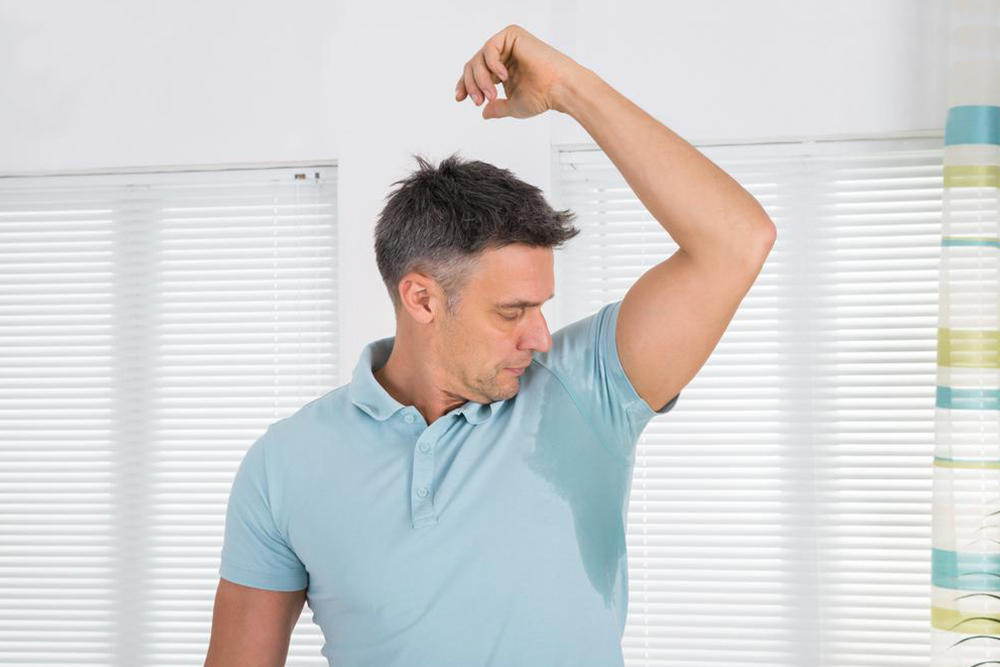
Comprehensive Guide to Excessive Sweating (Hyperhidrosis): Causes, Symptoms, and Effective Treatments
Excessive sweating, medically known as hyperhidrosis, is a common yet often misunderstood condition that can significantly impact an individual's quality of life. Affecting roughly 3% of the population in the United States, hyperhidrosis involves the overproduction of sweat beyond what is necessary for regulating body temperature. This condition is not only a source of physical discomfort but can also lead to emotional and social challenges, including embarrassment and decreased confidence. Therefore, understanding its causes, types, symptoms, and available treatment options is crucial for those affected.
Hyperhidrosis is broadly categorized into two main types: Primary hyperhidrosis and Secondary hyperhidrosis. Recognizing the differences between these types helps in seeking appropriate medical advice and treatment tailored to individual needs.
Primary Hyperhidrosis is characterized by excessive sweating that occurs in specific areas of the body, such as the armpits, palms, soles of the feet, or face. This type of hyperhidrosis usually begins during adolescence or early adulthood and tends to be symmetrical, affecting both sides of the body equally. Importantly, primary hyperhidrosis has no identifiable underlying medical cause, which means it is considered idiopathic. Although it can cause significant discomfort, social embarrassment, and inconvenience, it is generally not associated with any serious health risks.
Individuals dealing with primary hyperhidrosis often notice that sweating episodes occur suddenly and may be triggered by factors like heat, stress, or anxiety. The condition can interfere with daily tasks, such as writing, holding objects, or wearing certain clothing, leading to emotional distress and reduced self-esteem.
Excessive sweating can also cause secondary issues like bacterial infections, which may result in foul odors and skin irritation. The presence of moisture creates an environment conducive to bacterial growth, exacerbating discomfort and social stigma.
Initial management of hyperhidrosis typically involves self-care strategies and over-the-counter remedies. Mild cases may respond well to antiperspirants with low-dose aluminum compounds, which help block sweat ducts and reduce secretion. These products are affordable, easily accessible, and easy to incorporate into daily routines.
For more stubborn cases, healthcare providers may recommend prescription-strength antiperspirants containing aluminum chloride hexahydrate. These are more potent and can offer significant relief when used correctly. However, they may cause skin irritation in some individuals, so advice from a medical professional is advisable.
Beyond topical treatments, various medical procedures are available for severe hyperhidrosis. Iontophoresis is one such technique, which involves passing a gentle electrical current through water to temporarily block sweat gland activity, especially effective for hand and foot hyperhidrosis. This treatment is usually performed in a clinical setting and requires multiple sessions for optimal results.
In cases where conservative treatments fail, newer interventions like miraDry offer promising solutions. This non-invasive procedure uses microwave energy to target and destroy sweat glands permanently in the underarm area, significantly reducing sweating episodes. Patients should consult with their healthcare provider to determine the suitability of miraDry or other modalities.
Advanced options include laser therapies that selectively target sweat glands, providing additional alternatives for patients with persistent symptoms. These treatments, however, should always be performed by qualified specialists to ensure safety and effectiveness.
Secondary Hyperhidrosis differs from primary hyperhidrosis in that its excessive sweating is caused by underlying medical conditions or external factors. This form typically affects the entire body rather than localized areas, often presenting as a symptom of a broader health issue. Recognizing secondary hyperhidrosis is essential because addressing the root cause can alleviate the symptoms.
Common causes of secondary hyperhidrosis include chronic illnesses such as diabetes, Parkinson’s disease, hyperthyroidism, or infections. Certain medications, particularly antidepressants, and hormone therapies may also induce excessive sweating as a side effect. Additionally, hormonal changes, stress, and emotional disturbances can trigger this type of hyperhidrosis.
Secondary hyperhidrosis can have serious implications if left untreated, including skin infections, warts, and emotional distress due to social withdrawal or low self-confidence. Therefore, a comprehensive evaluation by a healthcare professional is necessary for accurate diagnosis and appropriate management.
Management strategies for secondary hyperhidrosis focus on both symptomatic relief and treating the underlying condition. Symptomatic relief can include wearing absorbent pads, changing clothes frequently, and maintaining good skin hygiene. When possible, treatments may involve medications such as anticholinergics or other drugs to reduce sweating.
In many cases, controlling the primary condition—like managing blood sugar levels in diabetes or regulating thyroid function—can significantly decrease hyperhidrosis symptoms. Medical interventions tailored to treat specific conditions include adjusting medications, employing targeted therapies, or initiating specialized treatments based on the diagnosis.
In summary, hyperhidrosis is a condition that affects many individuals worldwide, impacting not only physical comfort but also emotional health. Understanding the differences between primary and secondary hyperhidrosis enables patients and healthcare providers to develop effective, personalized treatment plans. Advances in medical technology have expanded available options, from topical antiperspirants to innovative procedures like miraDry and laser therapy, providing hope for better symptom management and improved quality of life.
If you experience persistent or severe sweating that interferes with your daily life, consult a healthcare professional for thorough evaluation and personalized treatment. By addressing hyperhidrosis proactively, you can regain comfort, confidence, and enhance your overall well-being.
